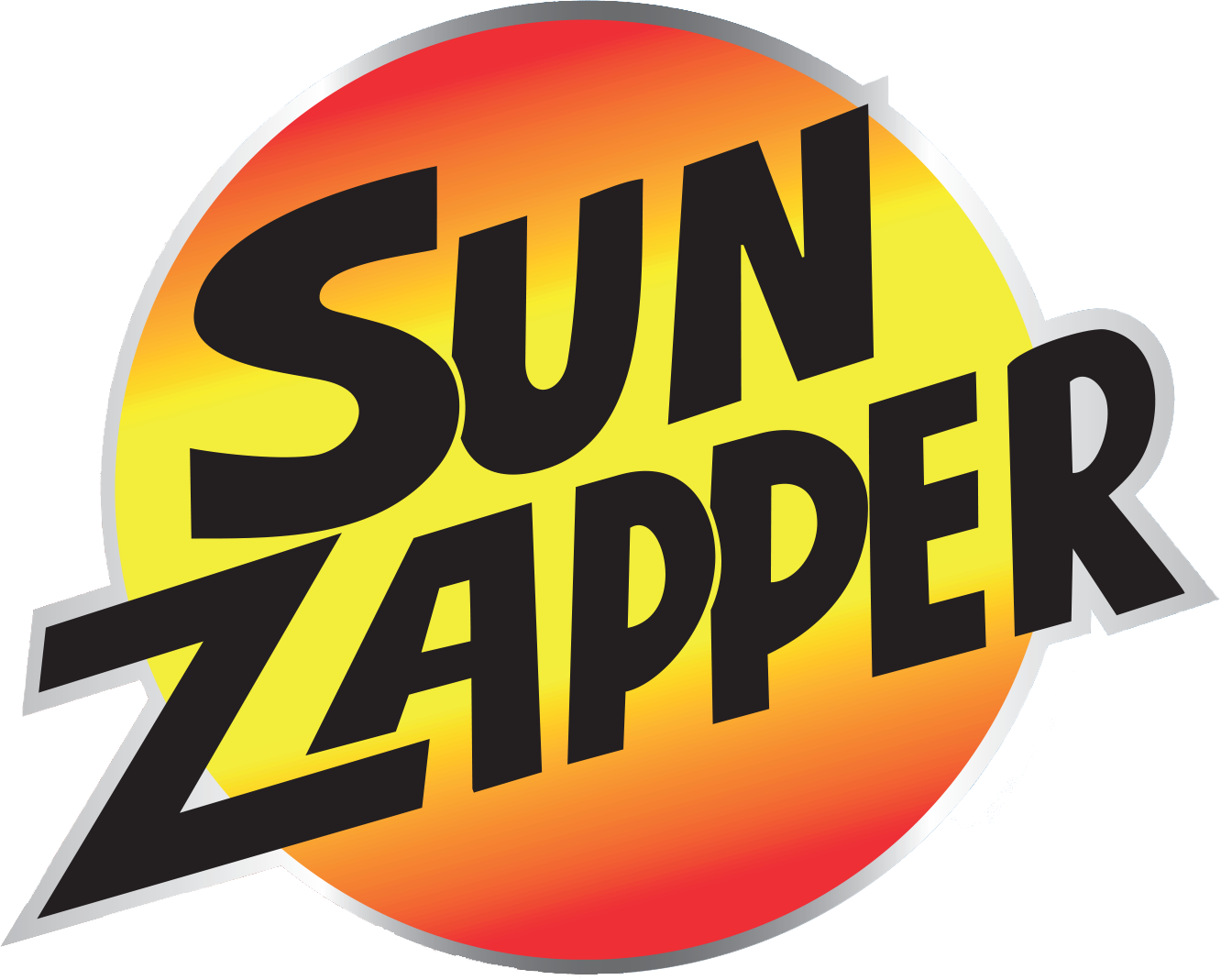Confused by Sunscreen Labels? Here's How to Decode Them
Let’s be honest — reading a sunscreen label can feel like trying to crack a secret code. Broad spectrum? SPF 50? Water-resistant for 80 minutes? What does it all really mean?
If you’ve ever stood in the sun care aisle feeling overwhelmed, you’re not alone. That’s why we’ve put together this simple guide to help you understand what to look for — and why it matters.
Whether you're heading to the beach, going for a hike, or just living life under the harsh Aussie sun, knowing how to read a sunscreen label can make all the difference.
1. Broad Spectrum Protection
If your sunscreen doesn’t say broad spectrum, put it back.
Broad spectrum means the sunscreen protects against both UVA (ultraviolet A) and UVB (ultraviolet B) rays.
UVB rays cause sunburn and are linked to skin cancer.
UVA rays penetrate deeper and cause premature ageing and long-term skin damage.
Without broad spectrum coverage, your skin is only getting partial protection — and that’s a risk not worth taking.
2. SPF: Sun Protection Factor
SPF stands for Sun Protection Factor, and it tells you how much UVB protection the sunscreen provides. Here’s the basic idea:
If you use an SPF 50 product exactly as directed, it means your skin is protected 50 times longer than if you weren’t wearing any sunscreen at all.
So yes, SPF 50+ offers stronger protection than SPF 30 — but only when applied correctly and reapplied regularly. (And remember: no sunscreen offers 100% protection.)
3. Water-Resistant (But Never Waterproof)
You might see terms like water-resistant or sweat-resistant. These are approved and meaningful claims.
They tell you how long the sunscreen will remain effective while swimming or sweating — Up to 4 hours.
But here’s the important part:
🚫 No sunscreen is “waterproof” or “sweatproof.” That language is banned by regulators because it gives people a false sense of security.
Always reapply after swimming, sweating, or towel-drying.
4. Look for Trusted Seals
The Skin Cancer Foundation Seal of Recommendation is one to watch for. This seal indicates that the product has been:
Reviewed by an expert panel of photobiologists
Tested to ensure it provides safe and effective UV protection
It’s a helpful shortcut to knowing which products have passed stricter standards — especially if you're buying for children, sensitive skin, or long-term outdoor use.
5. Check the Active Ingredients
This is where it really matters — and where the difference between chemical and mineral sunscreens becomes clear.
🧪 Chemical sunscreens often include ingredients like:
Benzene
Oxybenzone
Octinoxate
Avobenzone
These ingredients are absorbed into the skin and can trigger allergic reactions, disrupt hormones, and even harm marine life. Many are already banned in parts of the world, including Hawaii and the EU.
🌿 Mineral sunscreens use:
Zinc Mineral Oxide
Zinc mineral oxide is a natural, physical blocker that sits on your skin’s surface and reflects harmful UV rays. It’s safe, effective, gentle — and better for the environment.
Our Takeaway?
Sunscreen labels can be confusing, but once you know what to look for, it’s easy to choose protection that actually works and won’t compromise your health.
At Sun Zapper, we’re committed to keeping it clean, honest, and effective. All of our mineral sunscreens are:
✅ Broad spectrum
✅ SPF 50+
✅ Water-resistant
✅ Made with zinc oxide
✅ Aussie made and owned



NEW Air Pump Tube! - No Mess, No Wastage
Organic Citronella
Tan in colour
25% Zinc Oxide
Reef Safe - no chemical sun filters
SPF 50
Kakadu Plum - high in Vitamin C, promotes collagen & skin elasticity
Jojoba - high in Vitamin E, softens & moisturises skin
Sea Buckthorn, Marigold, Chamomile - anti-ageing & ant-inflammatory
Paraben Free
80 Minutes Water Resistance
Protects against UVA and UVB rays
Extreme element barrier
Suitable for all Skin Types
Safe for children over 6 months old
MADE IN AUSTRALIA
100g